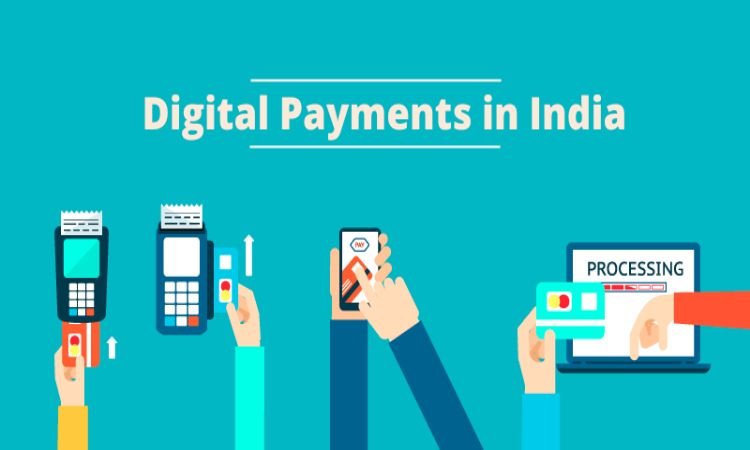The Pros and Cons of Using Digital Payments in India

Digital payment in India has become more popular than ever thanks to the proliferation of smartphones, and apps that have made the lives of the average Indian consumer more convenient. We no longer need to carry oodles of cash in our pockets or run to the ATM every time we are out to buy something or run out of cash.
Therefore, to think that such convenience can also come with its own set of cons is something most of us can’t fathom. When payments are seamless, and transactions happen in the blink of an eye; it’s obvious that a larger section of the society has already moved toward contactless payments, especially in the urban belt across the country.
What is a Digital Payment?
Every time a customer chooses to transact using credit/debit cards, UPI, digital wallets, bharat QR Code etc. rather than paying in physical cash, it’s considered to be a digital payment.
It’s a more convenient method of paying for goods and services since it works seamlessly across banking and card networks. They have gained increased popularity during the health crisis that Covid-19 posed, and the country was in a state of lockdown to prevent a severe catastrophic health emergency.
First off, let’s look at a few of the benefits of Digital Payment in India before looking at a few cons to help you understand the pros and cons of making contactless payments!
Promotes a Clean Economy
Physical currency is hard to track, which leads to more instances of hoarding, and laundering leading to other issues, at times even putting national interest at risk. Since digital payments leave a money trail, it is easier to keep track of payments which helps clean the economy of black money by preventing instances of money laundering.
Faster more Efficient handling of Money
Transacting, storing, and handling physical currency takes time compared to digital payments making them a faster and more efficient way of handling money. This also helps small business owners, as they don’t need to hire additional staff to handle that money-making their businesses more profitable.
Makes International Payments Easier
Engaging in international transactions is next to impossible using physical currency every time you decide to buy something from an international store. Digital payments, on the other hand, allow customers to make seamless transactions internationally.
Reduced Crime Rates
The absence of physical currency results in reduced instances of robbery, and mugging; thereby leading to a reduction in crime rates. This helps in creating a better society where people can transact in peace without the fear of losing money to anti-social elements.
Cons of Digital Payment in India
Puts Financial Data at Risk of Breach
Even though digital payment in India is considered safe, there is still a risk of a data breach in case consumers end up transacting and making online payments on websites that don’t have strong measures in place to handle digital payments, as this could result in financial data leak due to incidents of hacking.
Downtimes Can Affect Access to Funds
Increased transaction activity on servers could lead to downtimes preventing users from being able to access funds. This could put a person in a spot in case they need to make an urgent digital payment, or in case of an emergency. It could become even more problematic, if the person isn’t carrying any cash, and there are no ATMs in the immediate vicinity rendering a person unable to transact.
Transaction Fees
Some providers may charge an additional fee, or a person might have to pay a convenience fee when using a certain payment method. This is not the case when using cash.
Impulse Buying
Impulse buying is more common when using digital payment options since most of the time payment information is already stored by eCommerce sites you frequently visit, and making payments don’t require you to provide any additional data.
Just like everything else under the sun, digital payment in India also has its pros and cons as you may have realized by now. However, no one can ignore the fact that it has made our lives easier. But, in the end, it’s a choice that the consumer has to make as to whether they would like to buy something in cash or make a digital payment!




